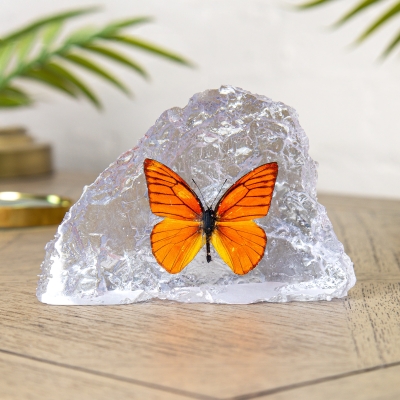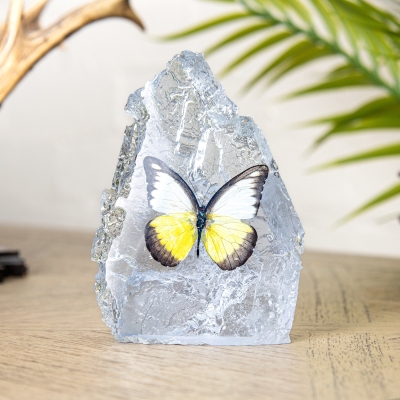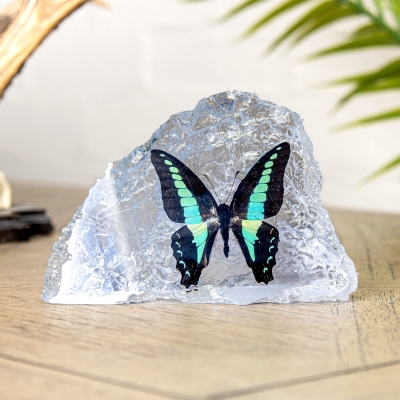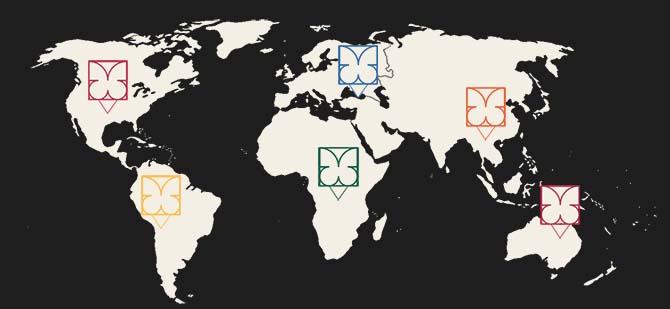Entomology Quality Codes
Like everything in nature from time to time things are not quite perfect. All our hand made frames will advise the condition of the specimen mounted inside.
| A1 | As perfect as all reasonable expectations dictate. Many are ex-pupae bred. |
| A1/A1- | Virtually perfect and fresh. Will have minor flaws. Sometimes only antennae damage. Excellent quality at significant savings. |
| A1- | Flaws, but generally respectable. |
| A2 | Definite second quality. Usually a good representative specimen but far from perfect. |
Morphos
Most species of Morphos have the abdomens removed from them at the farms. The reason for this is that many Morpho's store fats from their larval days in their bodies. The grease stored in the abdomens tends to leach out and discolour the wings making them a black, greasy mess. While this can generally be removed by immersing the insect in fresh, clean acetone for an hour or two, this problem is prevented by removing the abdomens. Many times the abdomens are not sent with the specimens from the source. So if you wonder why some Morpho's have no abdomens with them this is the reason. This problem does not seem to be prevalent in the females.
Heads
Occasionally, some of our entomology butterflies may arrive from the farm with a slightly twisted head. This can happen during the drying process and is unfortunately not something that can be corrected after the specimen has been relaxed and set. Attempting to twist the head will result in it breaking, as the delicate structure becomes brittle once preserved. We take great care in handling each specimen, but in cases where the butterfly arrives to us in this condition, it must be left to avoid damage. This does not detract from the beauty of the specimen and is not noticeable once it is hung and displayed on a wall.
Abdomens
Specimens frequently exhibit dorsoventral compression of the abdomen, typically resulting from the desiccation process during farm based preparation. This deformation is attributed to the inherently low structural density of the tissue. At present, there is no established entomological method for rehydrating or restoring the original abdominal morphology post drying.






